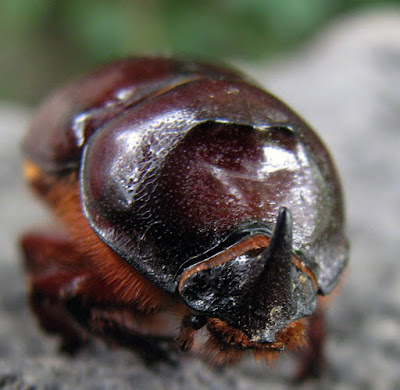The Zoo starts with a Walk of Fame - only instead of movie starts there are the footprints of the zoo stars and primadonnas - monkeys, tigers, zebras...


I did take a lot of videos at the Zoo, which I can't post here. I will only show some of the animals I haven't seen in any other zoo, or those we particularly liked. Like this bat-eared dog, which was, I think, Roxy's favorite.

These two birds of prey were among my favorites. I like how they looked me, as if considering whether or not I am worth catching. The snow owl was actually hissing at me, trying to scare me at first.
These monkeys are looking for fleas in each other's fur (and not finding any, by the way) at the Indonesian Jungle pavilion, one of the most unique exhibits at the Zoo. There was a binturong at the exhibit, too - something I haven't seen anywhere else - but he was hiding in the tree.

Part of the Indonesian pavilion is a dark tunnel , where nocturnal animals can be seen roaming around, and the bats fly around free.
 Pelicans...
Pelicans...

I liked the giraffe habitat, because we didn't have to look up - the observation desk was at the level of their heads, so we could actually look them in the eye :)

Polar bears rarely feel and look good in captivity. This one was so shining white, healthy looking and energetic, it was a pleasure to behold!














